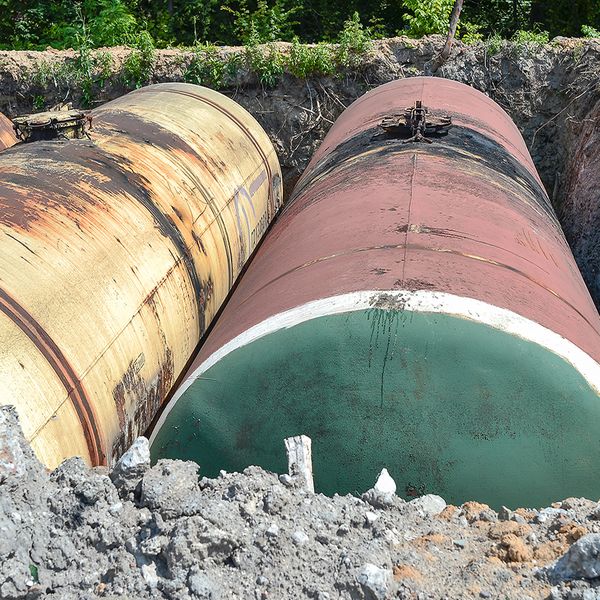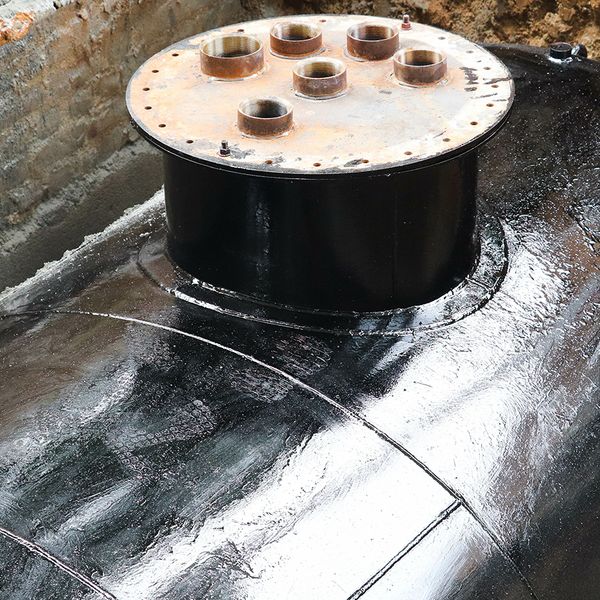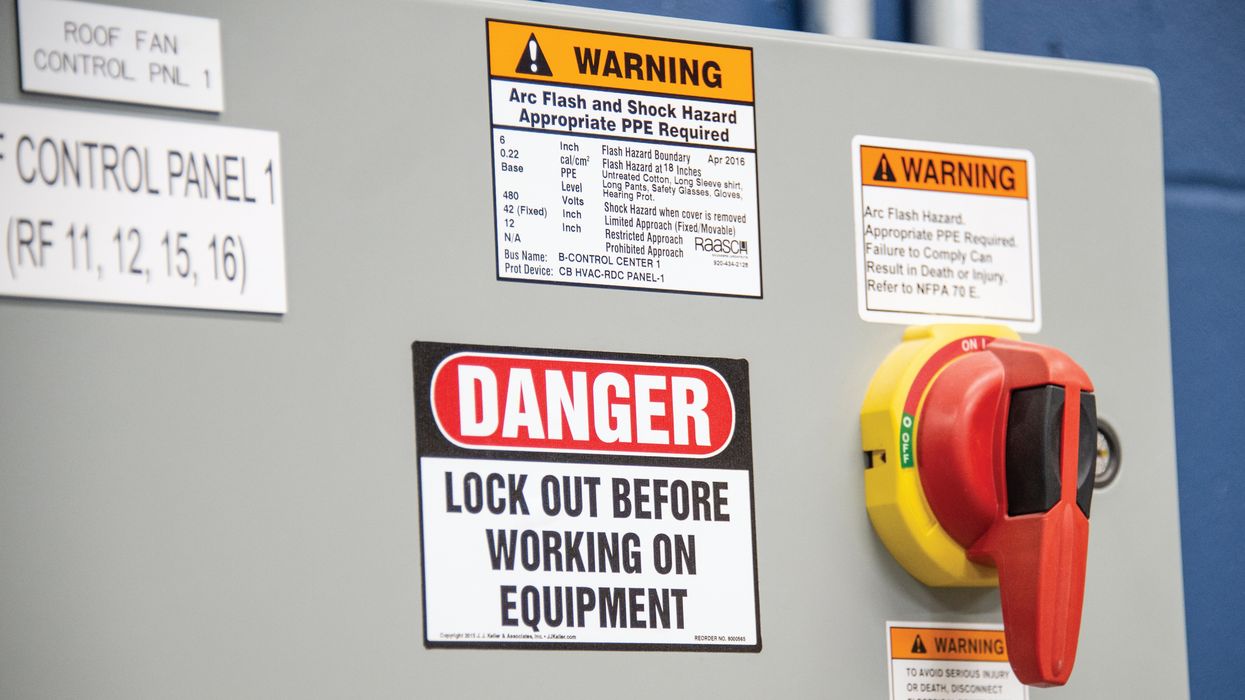Guide to underground storage tank financial requirements
With great hazards comes great financial responsibility. This certainly applies to owners and operators of underground storage tanks (USTs). The Environmental Protection Agency (EPA) requires most UST owners or operators to show that they have the financial resources to take corrective actions should an accidental leak happen.
Federal regulations aim to prevent potential releases from USTs. When a UST leaks, the substance can leach into the soil and contaminate groundwater, which supplies drinking water for nearly half of Americans. Leaks also pose risks of fire and explosions. With funds prepared in advance, owners and operators can start cleanups sooner and, therefore, reduce the risk of harm to human health and the environment.
Who’s covered, and what’s covered?
The financial responsibility regulations (40 CFR Part 280 Subpart H) apply to owners or operators of USTs that store petroleum. Owners or operators must show that they have the financial ability to pay for:
- Cleanup costs,
- Corrective actions to address environmental damage, and
- Third-party injuries and property damage.
If the owner and operator are different individuals, it’s up to the organization to decide whether the owner or operator demonstrates financial responsibility. However, it’s important to note that both parties are liable for noncompliance.
What’s the amount of coverage required?
The amount of financial coverage required depends on your type of business, the throughput (i.e., the volume of petroleum loaded into or dispensed from the tank), and the number of USTs.
Type of business
EPA categorizes the types of businesses into two groups:
- Petroleum producers, refiners, and marketers (i.e., those who sell gasoline to the public, like service stations); and
- Nonmarketers (i.e., those who use petroleum only for internal operations, such as fleet operators).
Owners or operators must have both per-occurrence coverage (the total cost of one leak) and annual aggregate coverage (the total cost of all leaks that might occur in a year).
Throughput
A UST’s throughput determines the per-occurrence coverage:
- Regardless of throughput, petroleum producers, refiners, and marketers must have $1 million of per-occurrence coverage.
- Nonmarketers must have $500,000 of per-occurrence coverage if monthly throughput is 10,000 gallons or less. If monthly throughput exceeds 10,000 gallons, nonmarketers must have $1 million of per-occurrence coverage.
Number of USTs
The same thresholds for aggregate coverage apply to both types of businesses:
- Owners or operators must have $1 million in aggregate coverage if they have no more than 100 USTs.
- Owners or operators must have $2 million in aggregate coverage if they have more than 100 USTs.
What are the methods for demonstrating financial responsibility?
Owners or operators may show their financial responsibility through one or a combination of the methods detailed at 280.95–280.103. The method(s) you choose must cover all costs (cleanup, corrective actions, and third-party liability) and meet the required coverage amount.
The table lists the top advantages and disadvantages to consider for each method.
| UST financial responsibility methods | ||
|---|---|---|
| Method | Pro | Con |
| Financial tests | Leverage existing assets without incurring extra costs | Requires tangible net worth of at least $10 million |
| Guarantees | Leverage existing business relationship with another firm | Provider must pass a financial test |
| Insurance and risk retention group coverage | Expand existing insurance policy | Requires additional costs (premiums, deductibles, etc.) |
| Surety bonds | Typically, more cost-effective (requires minimum premium payment) | May have to pay back the full bond amount as well as interest and fees |
| Letters of credit | Customizable terms and conditions | Requires additional costs (namely, service fees) |
| State fund or other state assurances | Financial help for cleanup and third-party liability costs | May cover only part of the costs or require a deductible |
| Trust funds | Customizable terms and conditions | Generally, must pay the full aggregate amount upfront and additional costs (fees, taxes, etc.) |
| Standby trust funds | Typically, don’t have to pay upfront to establish the fund | Requires additional costs to run the trust |
| *State-required methods | *You may use any state-required methods approved by the regional administrator. | |
What happens if a financial assurer cancels my coverage?
Financial assurance providers may cancel or not renew your assurance. EPA requires assurers to notify the UST owner or operator before terminating coverage:
- Insurance or risk retention coverage (except for nonpayment or misrepresentation) and state-funded assurance may not stop until at least 60 days after notification.
- Guarantees, surety bonds, and letters of credit may not stop until at least 120 days after notification.
Generally, you must establish alternate coverage within 60 days of learning that your financial assurer will stop coverage.
Check your state’s regulations!
The regulations for tanks in a state with EPA approval to implement a state UST program may differ from federal rules. USTs in a state without EPA state program approval are subject to federal and state requirements.
Key to remember: EPA regulations require underground storage tank owners or operators to prove they can cover the financial costs of an accidental leak.






























































